Analysis
artnet Report Shows Chinese Auction Market Has Cooled Considerably
Is this a return to realistic levels?
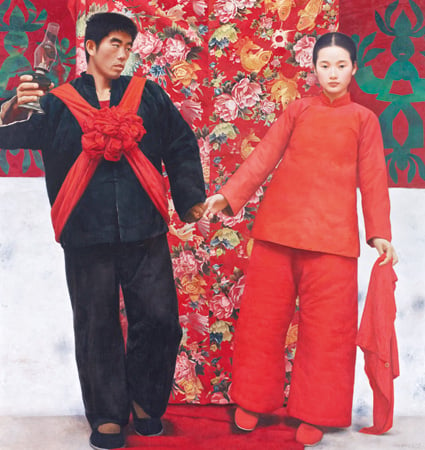
Photo: Courtesy of Sotheby's.
Is this a return to realistic levels?

Eileen Kinsella

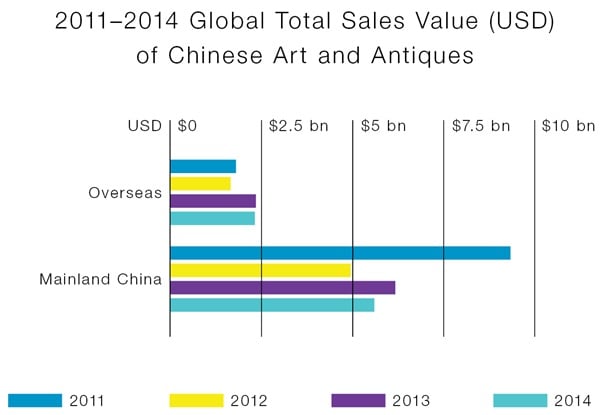
Source: artnet Analytics
artnet and the China Association of Auctioneers (CAA) released their third consecutive in-depth report about the Chinese art and antiques market for the calendar year 2014 (download the free report here).
The analysis shows that the market remains down sharply from its peak in 2011. The decline can be attributed to a number of factors, including supply issues.
Worldwide sales of Chinese art fell to $7.9 billion in 2014, down 7.1 percent from $8.5 billion in 2013. This also represented an even steeper decline of 31.3 percent compared with the peak of $11.5 billion in 2011.
Since 2011 “the market has witnessed greater volatility, as it contracted in 2012 by nearly 43 percent and then rebounded considerably the following years,” according to the report, which says the global contraction was both supply- and demand-driven.
The Chinese auction market has also been weighed down by concerns about buyer non-payments and lack of transparency.
The good news? A number of experts view the slowdown as reflective of more realistic expectations and pricing. They believe that, in the end, caution and more measured buying and selling could revitalize the market.
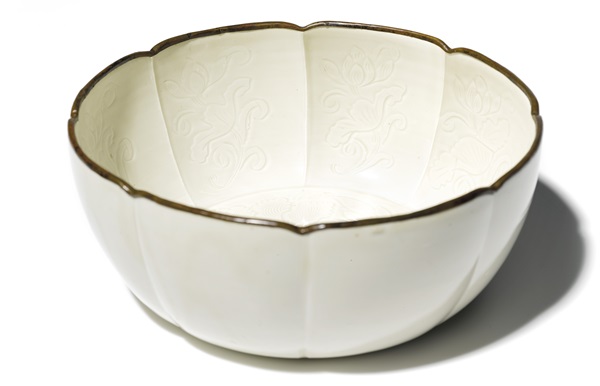
A carved, lobed Dingyao Basin, Northern Song Dynasty (12th-13th century) sold for $19 million at Sotheby’s Hong Kong. Image: Courtesy of Sotheby’s.
Nina Lippman, artnet specialist in contemporary Asian art, writes, “As prices are now returning to more realistic and expected levels, we could see a reentry of buyers—who were previously deterred by the inflated prices realized during 2010 and 2011.”
Unlike other regions, the art market in mainland China, according to the report, “is supported primarily by auction sales, which account for approximately 70 percent of the market’s value, while gallery sales represent the remaining percentage.” The breakdown is in contrast to other art markets, where gallery and retail sales dominate.
In this respect, the report’s findings are unique in that the CAA is the only national association of the auction industry in China.
The report considers sales of Chinese art worldwide, not just in mainland China. Among some of the interesting micro-trends uncovered was that the drop in sales was more dramatic in the mainland (down 9.3 percent), than it was in the overseas market for Chinese art (down 1.1 percent). The big news is that North America overtook Europe to become the second largest external market for the sale of Chinese art.
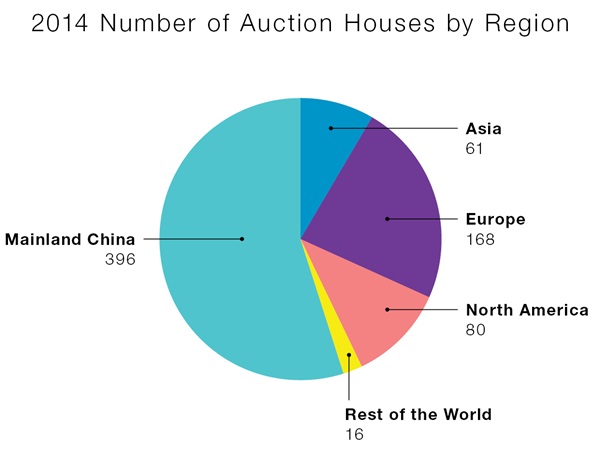
Source: artnet Analytics
The report also noted a decline in the number of high-value lots worldwide that sold for more than RMB 10 million ($1.6 million). This number fell to 389 in 2014, compared with 429 in 2012.
Art economist Clare McAndrew, who penned the introduction to the latest report, points out that “supply side issues have been a central contributor,” to performance, noting that “quality remains an issue.”
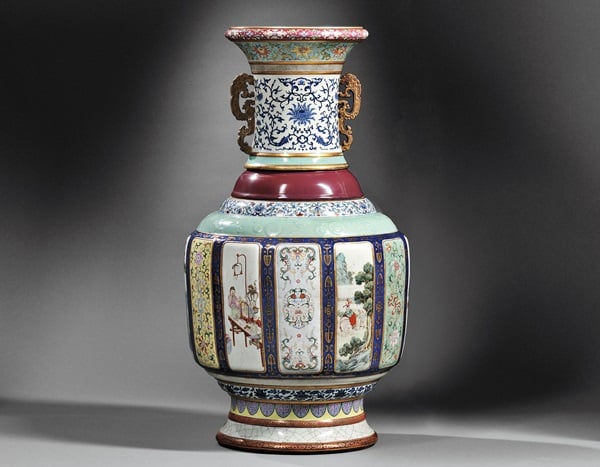
Boston auction house Skinner sold this Fencai Flower and Landscape vase for $24.7 million in 2014.
While this trend is certainly linked to the logical assumption that some of the most important lots have already changed hands in recent years, it also indicates reluctance and caution on the part of some sellers who are “definitely hanging on to see what will happen and are unsure that it is the right time to sell. That’s due to economic worries and political issues and the volatile behaviour of the market in the recent past,” explains McAndrew.
Another factor she points out “that does appear to had a notable effect on the market is the increased scrutiny of transactions by the government as part of its campaign to fight corruption.
McAndrew also points out that some wealthy Chinese collectors have been buying big ticket Western art, including eight figure works by Andy Warhol, Martin Kippenberger and Vincent Van Gogh.
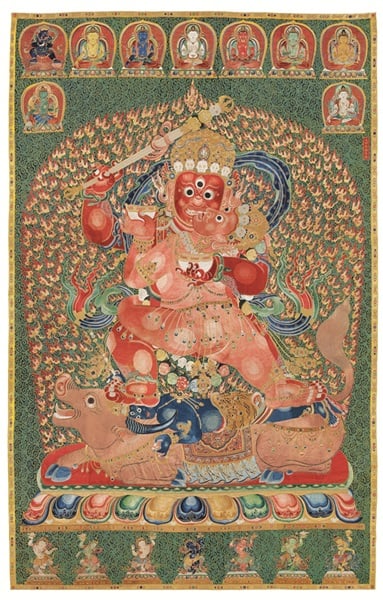
An Imperial embroidered silk thangka (1402–1424) sold at Christie’s in Hong Kong for $45.2 million.
Image: Courtesy of Christie’s Images Ltd.
Four of the five highest selling Chinese artworks of 2014 were sold in Hong Kong, while one was sold by Skinner Auctioneers in Boston. These included: a three-meter-high 15th century Imperial embroidered silk thangka, which sold at Christie Hong Kong for $45.2 million; a 15th century Meiyantang Chicken cup, which sold at Sotheby’s Hong Kong; a monumental Fencai flower and landscape vase sold at Skinner for $24.7 million; a landscape in snow with a frontispiece by Cui Ruzhuo sold at a Poly Hong Kong auction for $24 million; and a 12th-13th century Northern Song dynasty Dingyao Basin sold at Sotheby’s Hong Kong for $19 million in spring 2014.

The Meiyintang Chicken Cup sold for approximately $36 million at Sotheby’s Hong Kong in July 2014.
Courtesy Sotheby’s.
Related stories:
Chinese Collector Uses AmEx to Buy $36 Million “Chicken Cup”
Chinese Art Market Rebounds to $8.5 Billion
Restaurant Mogul Zhang Lan Spent Millions at Christie’s